A Tale of Two Pots
Dealing with the Tension of the Human Personality
- February 7, 2011
- |
- 3 Adar I 5771
Rabbi YY Jacobson
2738 צפיות

A Tale of Two Pots
Dealing with the Tension of the Human Personality
Rabbi YY Jacobson
- February 7, 2011
Linking the apron and the breastplate
There is an intriguing mitzvah (commandment) recorded in this week’s Torah portion: “And they shall bind the choshen (breastplate) by its rings to the rings of the ephod (apron) ... so that the choshen shall not budge from the ephod[1].”
The meaning of these words is this: The choshen (breastplate) and the ephod (apron) were two of the eight special garments worn by the High Priest (Kohen Gadol) while performing the services in the Tabernacle. The choshen was a breastplate set with twelve precious stones, each inscribed with the name of one of the twelve tribes of Israel. It was worn on the breast, over the heart. The ephod was an apron-like garment, covering the lower back of the body, from the waist to the ankles, with a belt that tied in the front[2].
Two gold rings sewn on the ephod’s belt lined up with two gold rings sewn to the bottom corners of the choshen; these were bound together with ribbons of blue wool. It is of vital importance, the Torah stresses, that the two should remain securely fastened at all times that the priestly garments are worn. “The choshen shall not budge from the ephod.”
But why? Why the insistence that the breastplate and apron must be tightly linked at all times? Why bother if they are disconnected or only loosely connected?
A tale of two garments
One answer, presented in the commentators, is moving.
The two garments – the breastplate seated atop the heart and the apron hanging on the lower back – represent the “upper” and “lower” dimensions of life, or the “forward” and “backward” aspects of human existence. The breast-plate represented those individuals whose hearts were aflame with spiritual passion and ecstasy, while the apron symbolized the people who struggled with backward temptations, the crass and lowly impulses and dispositions[3].
This is not merely a distinction between two types of people; it is rather a distinction between two aspects existing in each of our lives.
Few are the people who can be defined as “breastplates” or “aprons” exclusively. Most of us vacillate between backward and frontward tendencies, between lower and higher aspirations. We celebrate moments of light but we must also quarrel with darkness, trauma, addiction, and emotional prisons. At times life is a cruise through a tranquil seabed, yet at other times it consists of navigation through turbulent waves, battle fields and war zones. There are moments we sense our calling, yet at other times we yearn to discover our true selves, we struggle to find our place in the world. Crudeness, superficiality and lowliness may at any moment consume our multi-dimensional personalities.
Hence, the Torah instructs us to tightly link the breastplate to the apron, “so that the choshen shall not budge from the ephod.” We must learn to integrate the two parts of the self, without escaping into either element. Do not retreat, the Torah is saying, into your “higher” self and forget about your “lower” self, for when the lower self re-surfaces you might fall hard. On the other hand, do not allow yourself to be swept away by your lower self and ignore your transcendental aspirations, for such a life is likely to leave you deeply empty, thirsty and anxious.
You must learn the art of integration. You must come to terms with the truth that the “breastplate” and the “apron” together constitute the very objective of existence, to confront darkness and transform it into light, to create harmony out of the building blocks of diversity.
Do you have holes in your life?
A story is told about an elderly Chinese woman who owned two large pots. Each hung on the ends of a pole, which she carried every day on her shoulders to fill with water from the stream located at the end of the village. One of the pots was complete and always delivered a full portion of water; the other pot was cracked and arrived home each day only half full.
Of course, the complete pot was proud of its accomplishments. It felt really good about itself. The poor cracked pot, on the other hand, was ashamed of its own imperfections; it was miserable that it could only do half of what it had been made to do.
After six years of what it perceived to be bitter failure, the humbled broken pot finally opened its heart to the woman at the stream. "I hate myself,” the cracked pot cried, “I am so useless and valueless. What purpose does my existence have when each day I leak out half of my water? I am such a loser!”
The old woman smiled and said,”Did you notice that there are flowers on your side of the path, but not on the other pot's side? I have always known about your flaw, so I planted flower seeds on your side of the path. Every day while we walk back from the stream, you have the opportunity to water them.
"For six years I have been able to pick these beautiful flowers to decorate our home. Without you being just the way you are, we would have never created this beauty together."[4]).
[1]Exodus 28:28.
[2] See Rashi to Exodus 28:6
[3] This distinction is clearly indicated in the acronyms of the terms. The Acronym of the word ephod is “Alamda phoseim derachecah v’chataim (alecah yashovo),” which means: “I will teach transgressors your ways and sinners (will return to you)” (Psalms 51:15), while the acronym of choshen is “shomer nafshos chasiduv” (Psalms 97:11), which means, “He guards the lives of His devout ones.” The two garments represent two very different types of individuals, the tzaddik and the baal-teshuvah, the spiritually devout and pious human being and the struggler who returns to G-d after stumbling and falling (Emrei Noam to Parshas Tetzaveh).
[4] ) This essay is based on Panim Yafos, Or Hatorah, Divrei Yechezkel and Emrei Noam to Parshas Tetzaveh; and an address by the Lubavitcher Rebbe, Adar 21, 5748, March 10, 1988, published in Sefer Hasichos 5748 vol. 1 p. 314 and references noted there.- תגובה
סיכום השיעור:
A Tale of Two Pots - Dealing with the Tension of the Human Personality
Dedicated in the merit of Gila Galya bat Hanna. May her surgery be successful, and may she enjoy a speedy and complete recovery.
Linking the apron and the breastplate
There is an intriguing mitzvah (commandment) recorded in this week’s Torah portion: “And they shall bind the choshen (breastplate) by its rings to the rings of the ephod (apron) ... so that the choshen shall not budge from the ephod[1].”
The meaning of these words is this: The choshen (breastplate) and the ephod (apron) were two of the eight special garments worn by the High Priest (Kohen Gadol) while performing the services in the Tabernacle. The choshen was a breastplate set with twelve precious stones, each inscribed with the name of one of the twelve tribes of Israel. It was worn on the breast, over the heart. The ephod was an apron-like garment, covering the lower back of the body, from the waist to the ankles, with a belt that tied in the front[2].
Two gold rings sewn on the ephod’s belt lined up with two gold rings sewn to the bottom corners of the choshen; these were bound together with ribbons of blue wool. It is of vital importance, the Torah stresses, that the two should remain securely fastened at all times that the priestly garments are worn. “The choshen shall not budge from the ephod.”
But why? Why the insistence that the breastplate and apron must be tightly linked at all times? Why bother if they are disconnected or only loosely connected?
A tale of two garments
One answer, presented in the commentators, is moving.
The two garments – the breastplate seated atop the heart and the apron hanging on the lower back – represent the “upper” and “lower” dimensions of life, or the “forward” and “backward” aspects of human existence. The breast-plate represented those individuals whose hearts were aflame with spiritual passion and ecstasy, while the apron symbolized the people who struggled with backward temptations, the crass and lowly impulses and dispositions[3].
This is not merely a distinction between two types of people; it is rather a distinction between two aspects existing in each of our lives.
Few are the people who can be defined as “breastplates” or “aprons” exclusively. Most of us vacillate between backward and frontward tendencies, between lower and higher aspirations. We celebrate moments of light but we must also quarrel with darkness, trauma, addiction, and emotional prisons. At times life is a cruise through a tranquil seabed, yet at other times it consists of navigation through turbulent waves, battle fields and war zones. There are moments we sense our calling, yet at other times we yearn to discover our true selves, we struggle to find our place in the world. Crudeness, superficiality and lowliness may at any moment consume our multi-dimensional personalities.
Hence, the Torah instructs us to tightly link the breastplate to the apron, “so that the choshen shall not budge from the ephod.” We must learn to integrate the two parts of the self, without escaping into either element. Do not retreat, the Torah is saying, into your “higher” self and forget about your “lower” self, for when the lower self re-surfaces you might fall hard. On the other hand, do not allow yourself to be swept away by your lower self and ignore your transcendental aspirations, for such a life is likely to leave you deeply empty, thirsty and anxious.
You must learn the art of integration. You must come to terms with the truth that the “breastplate” and the “apron” together constitute the very objective of existence, to confront darkness and transform it into light, to create harmony out of the building blocks of diversity.
Do you have holes in your life?
A story is told about an elderly Chinese woman who owned two large pots. Each hung on the ends of a pole, which she carried every day on her shoulders to fill with water from the stream located at the end of the village. One of the pots was complete and always delivered a full portion of water; the other pot was cracked and arrived home each day only half full.
Of course, the complete pot was proud of its accomplishments. It felt really good about itself. The poor cracked pot, on the other hand, was ashamed of its own imperfections; it was miserable that it could only do half of what it had been made to do.
After six years of what it perceived to be bitter failure, the humbled broken pot finally opened its heart to the woman at the stream. "I hate myself,” the cracked pot cried, “I am so useless and valueless. What purpose does my existence have when each day I leak out half of my water? I am such a loser!”
The old woman smiled and said,”Did you notice that there are flowers on your side of the path, but not on the other pot's side? I have always known about your flaw, so I planted flower seeds on your side of the path. Every day while we walk back from the stream, you have the opportunity to water them.
"For six years I have been able to pick these beautiful flowers to decorate our home. Without you being just the way you are, we would have never created this beauty together."[4]).
[1]Exodus 28:28.
[2] See Rashi to Exodus 28:6
[3] This distinction is clearly indicated in the acronyms of the terms. The Acronym of the word ephod is “Alamda phoseim derachecah v’chataim (alecah yashovo),” which means: “I will teach transgressors your ways and sinners (will return to you)” (Psalms 51:15), while the acronym of choshen is “shomer nafshos chasiduv” (Psalms 97:11), which means, “He guards the lives of His devout ones.” The two garments represent two very different types of individuals, the tzaddik and the baal-teshuvah, the spiritually devout and pious human being and the struggler who returns to G-d after stumbling and falling (Emrei Noam to Parshas Tetzaveh).
[4] ) This essay is based on Panim Yafos, Or Hatorah, Divrei Yechezkel and Emrei Noam to Parshas Tetzaveh; and an address by the Lubavitcher Rebbe, Adar 21, 5748, March 10, 1988, published in Sefer Hasichos 5748 vol. 1 p. 314 and references noted there.
תגים
קטגוריות
Rabbi YY Jacobson
- February 7, 2011
- |
- 3 Adar I 5771
- |
- 2738 צפיות

A Tale of Two Pots
Dealing with the Tension of the Human Personality
Rabbi YY Jacobson
- February 7, 2011
Linking the apron and the breastplate
There is an intriguing mitzvah (commandment) recorded in this week’s Torah portion: “And they shall bind the choshen (breastplate) by its rings to the rings of the ephod (apron) ... so that the choshen shall not budge from the ephod[1].”
The meaning of these words is this: The choshen (breastplate) and the ephod (apron) were two of the eight special garments worn by the High Priest (Kohen Gadol) while performing the services in the Tabernacle. The choshen was a breastplate set with twelve precious stones, each inscribed with the name of one of the twelve tribes of Israel. It was worn on the breast, over the heart. The ephod was an apron-like garment, covering the lower back of the body, from the waist to the ankles, with a belt that tied in the front[2].
Two gold rings sewn on the ephod’s belt lined up with two gold rings sewn to the bottom corners of the choshen; these were bound together with ribbons of blue wool. It is of vital importance, the Torah stresses, that the two should remain securely fastened at all times that the priestly garments are worn. “The choshen shall not budge from the ephod.”
But why? Why the insistence that the breastplate and apron must be tightly linked at all times? Why bother if they are disconnected or only loosely connected?
A tale of two garments
One answer, presented in the commentators, is moving.
The two garments – the breastplate seated atop the heart and the apron hanging on the lower back – represent the “upper” and “lower” dimensions of life, or the “forward” and “backward” aspects of human existence. The breast-plate represented those individuals whose hearts were aflame with spiritual passion and ecstasy, while the apron symbolized the people who struggled with backward temptations, the crass and lowly impulses and dispositions[3].
This is not merely a distinction between two types of people; it is rather a distinction between two aspects existing in each of our lives.
Few are the people who can be defined as “breastplates” or “aprons” exclusively. Most of us vacillate between backward and frontward tendencies, between lower and higher aspirations. We celebrate moments of light but we must also quarrel with darkness, trauma, addiction, and emotional prisons. At times life is a cruise through a tranquil seabed, yet at other times it consists of navigation through turbulent waves, battle fields and war zones. There are moments we sense our calling, yet at other times we yearn to discover our true selves, we struggle to find our place in the world. Crudeness, superficiality and lowliness may at any moment consume our multi-dimensional personalities.
Hence, the Torah instructs us to tightly link the breastplate to the apron, “so that the choshen shall not budge from the ephod.” We must learn to integrate the two parts of the self, without escaping into either element. Do not retreat, the Torah is saying, into your “higher” self and forget about your “lower” self, for when the lower self re-surfaces you might fall hard. On the other hand, do not allow yourself to be swept away by your lower self and ignore your transcendental aspirations, for such a life is likely to leave you deeply empty, thirsty and anxious.
You must learn the art of integration. You must come to terms with the truth that the “breastplate” and the “apron” together constitute the very objective of existence, to confront darkness and transform it into light, to create harmony out of the building blocks of diversity.
Do you have holes in your life?
A story is told about an elderly Chinese woman who owned two large pots. Each hung on the ends of a pole, which she carried every day on her shoulders to fill with water from the stream located at the end of the village. One of the pots was complete and always delivered a full portion of water; the other pot was cracked and arrived home each day only half full.
Of course, the complete pot was proud of its accomplishments. It felt really good about itself. The poor cracked pot, on the other hand, was ashamed of its own imperfections; it was miserable that it could only do half of what it had been made to do.
After six years of what it perceived to be bitter failure, the humbled broken pot finally opened its heart to the woman at the stream. "I hate myself,” the cracked pot cried, “I am so useless and valueless. What purpose does my existence have when each day I leak out half of my water? I am such a loser!”
The old woman smiled and said,”Did you notice that there are flowers on your side of the path, but not on the other pot's side? I have always known about your flaw, so I planted flower seeds on your side of the path. Every day while we walk back from the stream, you have the opportunity to water them.
"For six years I have been able to pick these beautiful flowers to decorate our home. Without you being just the way you are, we would have never created this beauty together."[4]).
[1]Exodus 28:28.
[2] See Rashi to Exodus 28:6
[3] This distinction is clearly indicated in the acronyms of the terms. The Acronym of the word ephod is “Alamda phoseim derachecah v’chataim (alecah yashovo),” which means: “I will teach transgressors your ways and sinners (will return to you)” (Psalms 51:15), while the acronym of choshen is “shomer nafshos chasiduv” (Psalms 97:11), which means, “He guards the lives of His devout ones.” The two garments represent two very different types of individuals, the tzaddik and the baal-teshuvah, the spiritually devout and pious human being and the struggler who returns to G-d after stumbling and falling (Emrei Noam to Parshas Tetzaveh).
[4] ) This essay is based on Panim Yafos, Or Hatorah, Divrei Yechezkel and Emrei Noam to Parshas Tetzaveh; and an address by the Lubavitcher Rebbe, Adar 21, 5748, March 10, 1988, published in Sefer Hasichos 5748 vol. 1 p. 314 and references noted there.- תגובה
Dedicated in the merit of Gila Galya bat Hanna. May her surgery be successful, and may she enjoy a speedy and complete recovery.
סיכום השיעור:
A Tale of Two Pots - Dealing with the Tension of the Human Personality
שיעורים קשורים
אנא עזרו לנו להמשיך בפעילותנו
הרשמה לקבלת תוכן (באנגלית) עדכני מאת הרב יוסף יצחק ג'ייקובסון
צרפו חברים ומשפחה לקבוצת הווסטאפ שלנו
צרפו חברים ומשפחה לקבוצת הווסטאפ שלנו



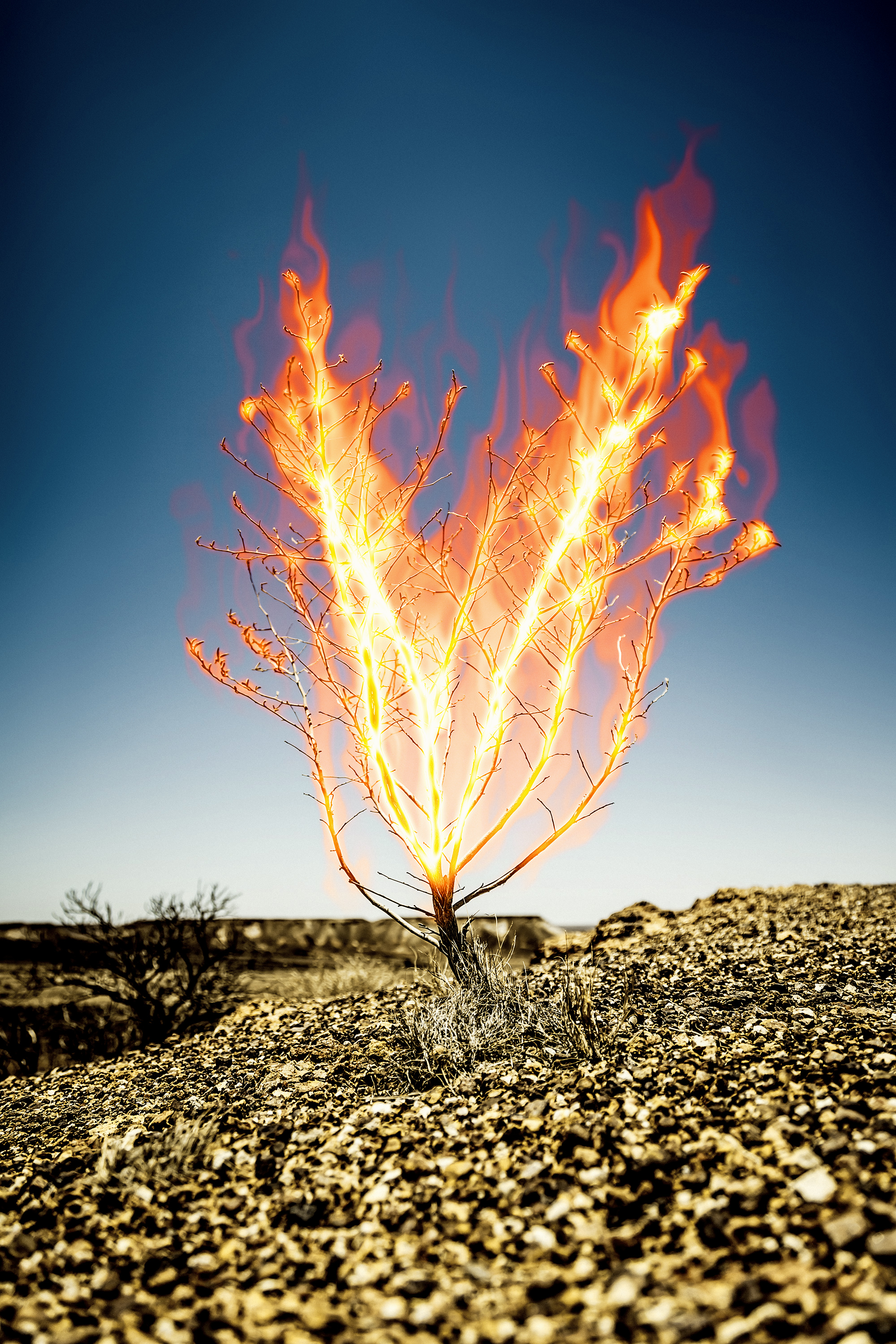
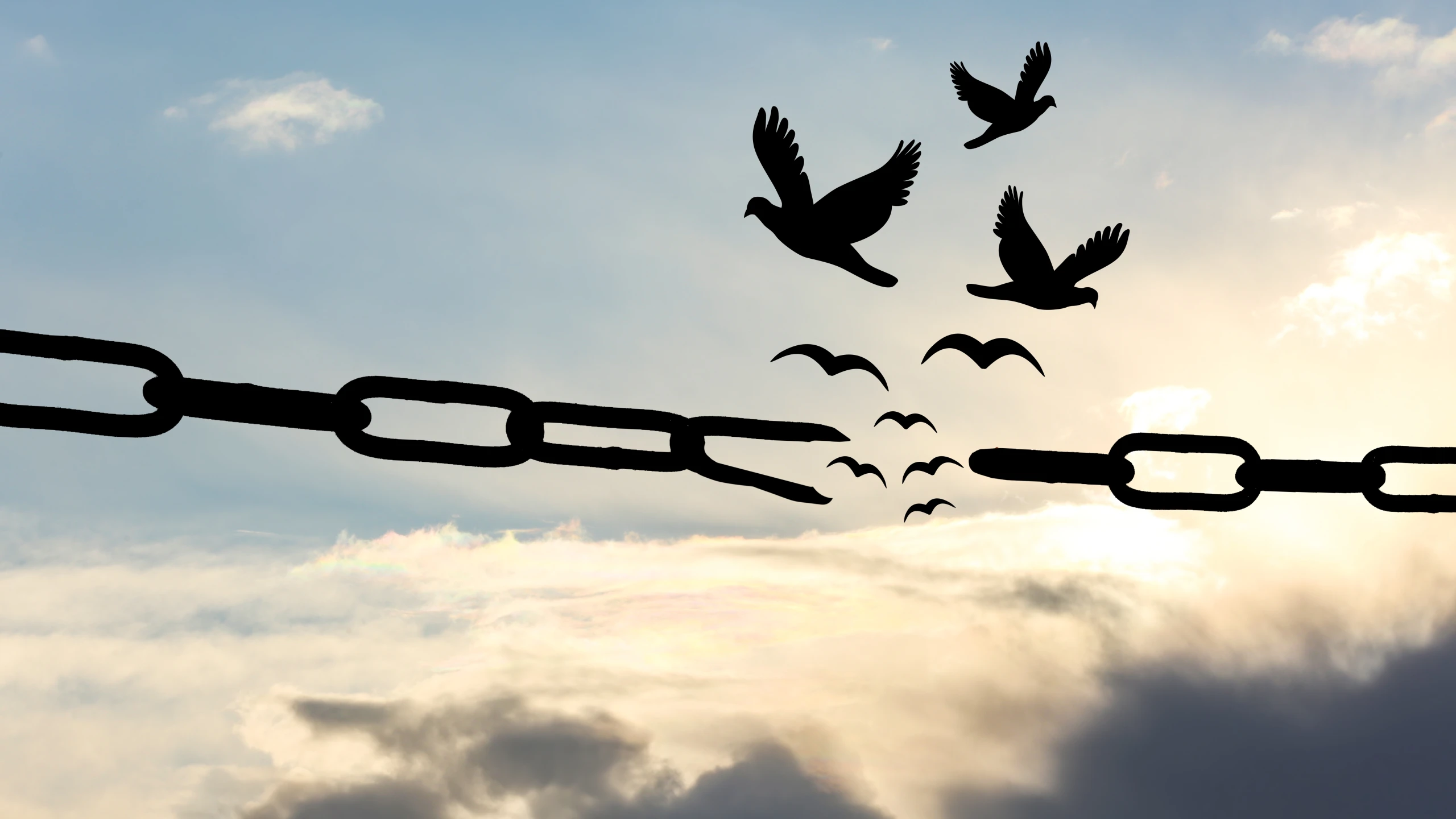
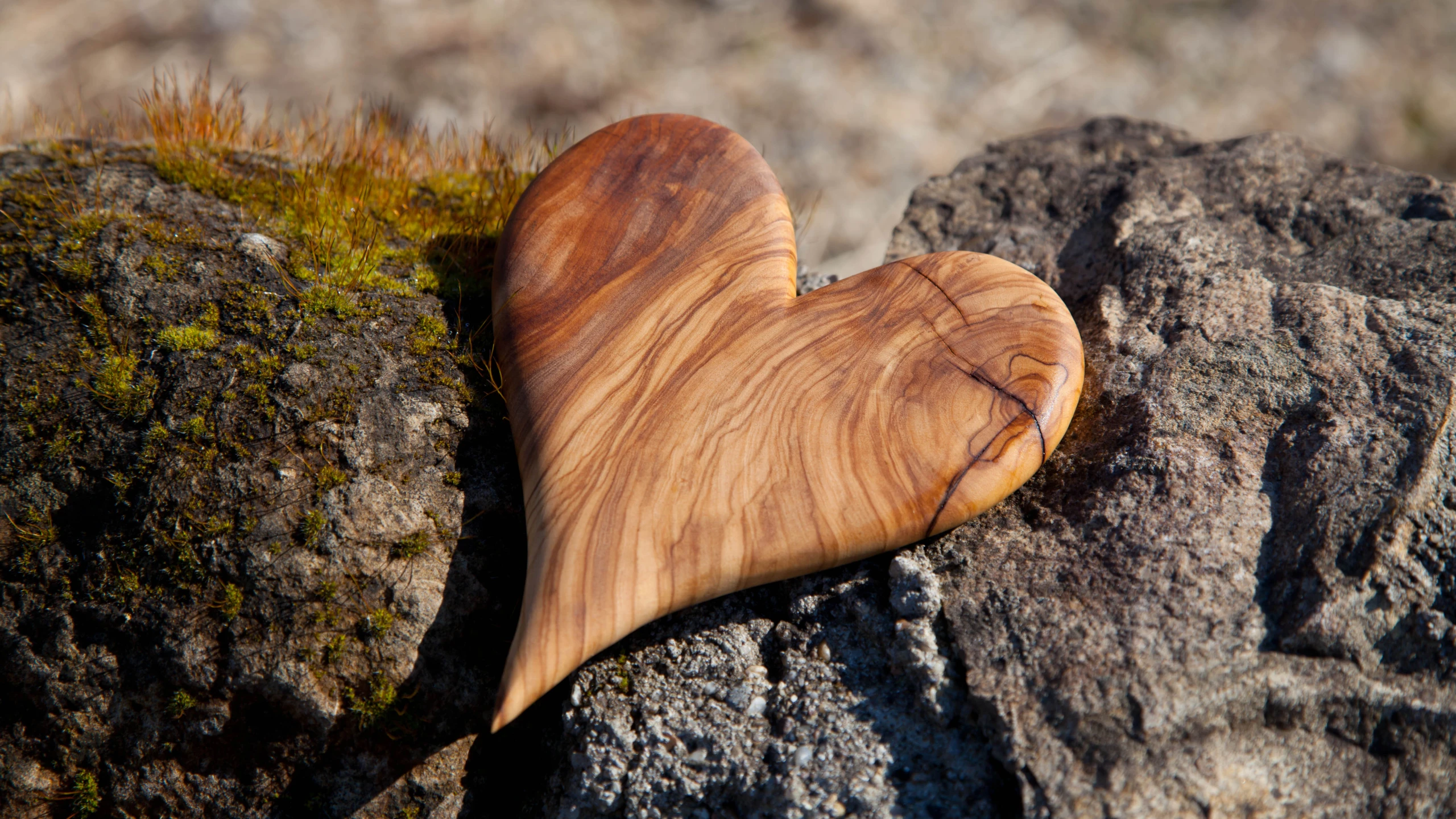

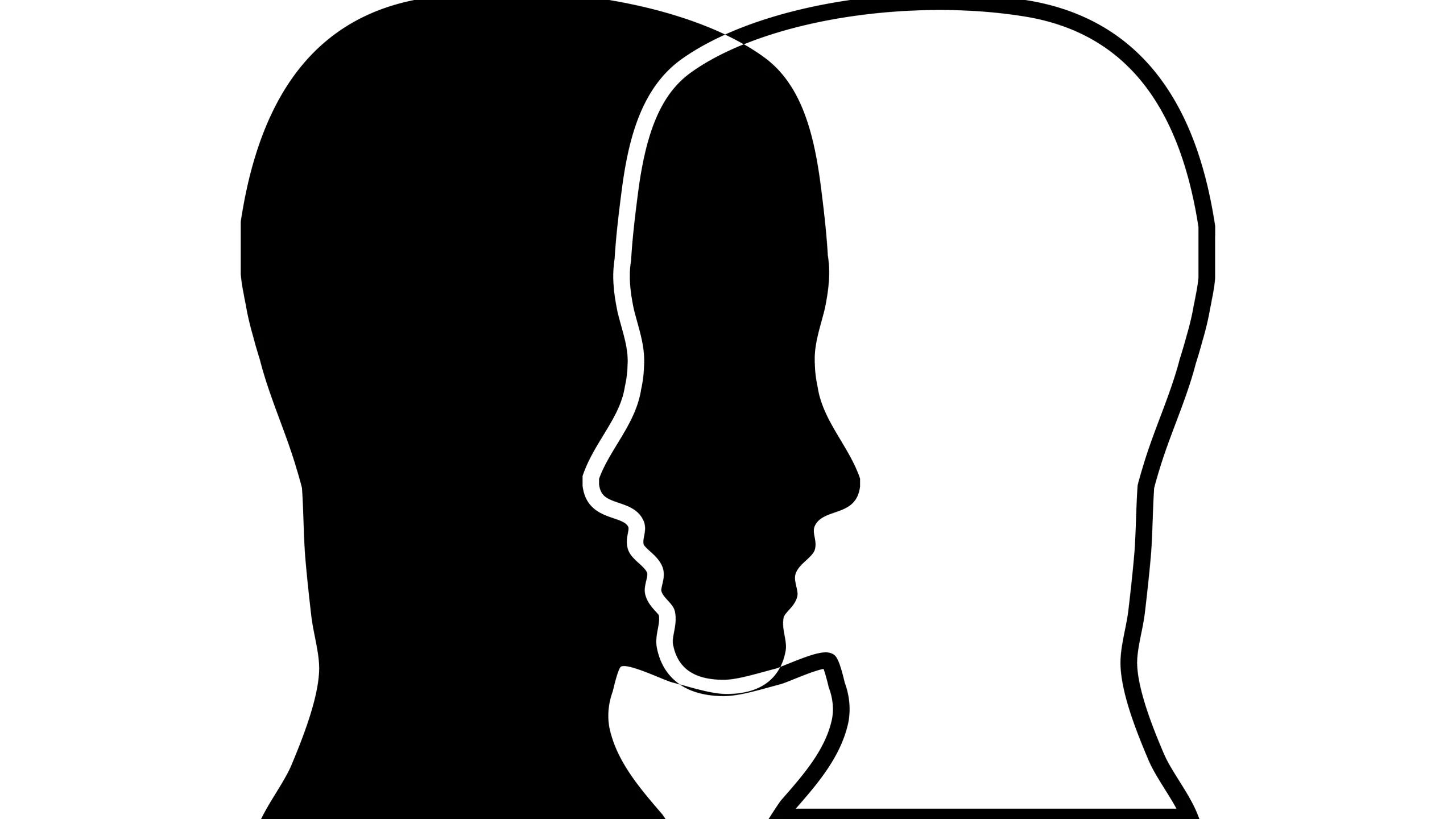
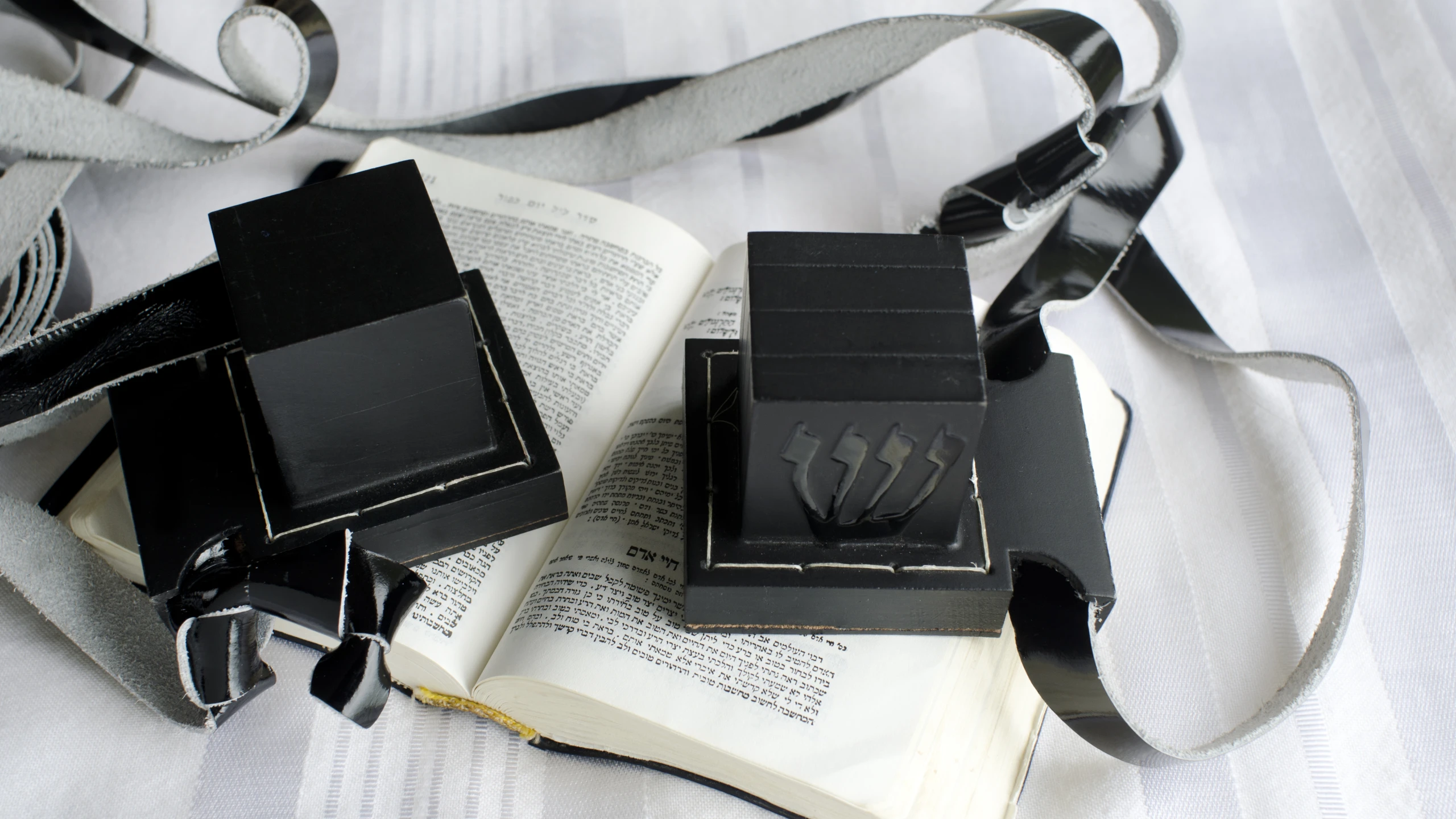
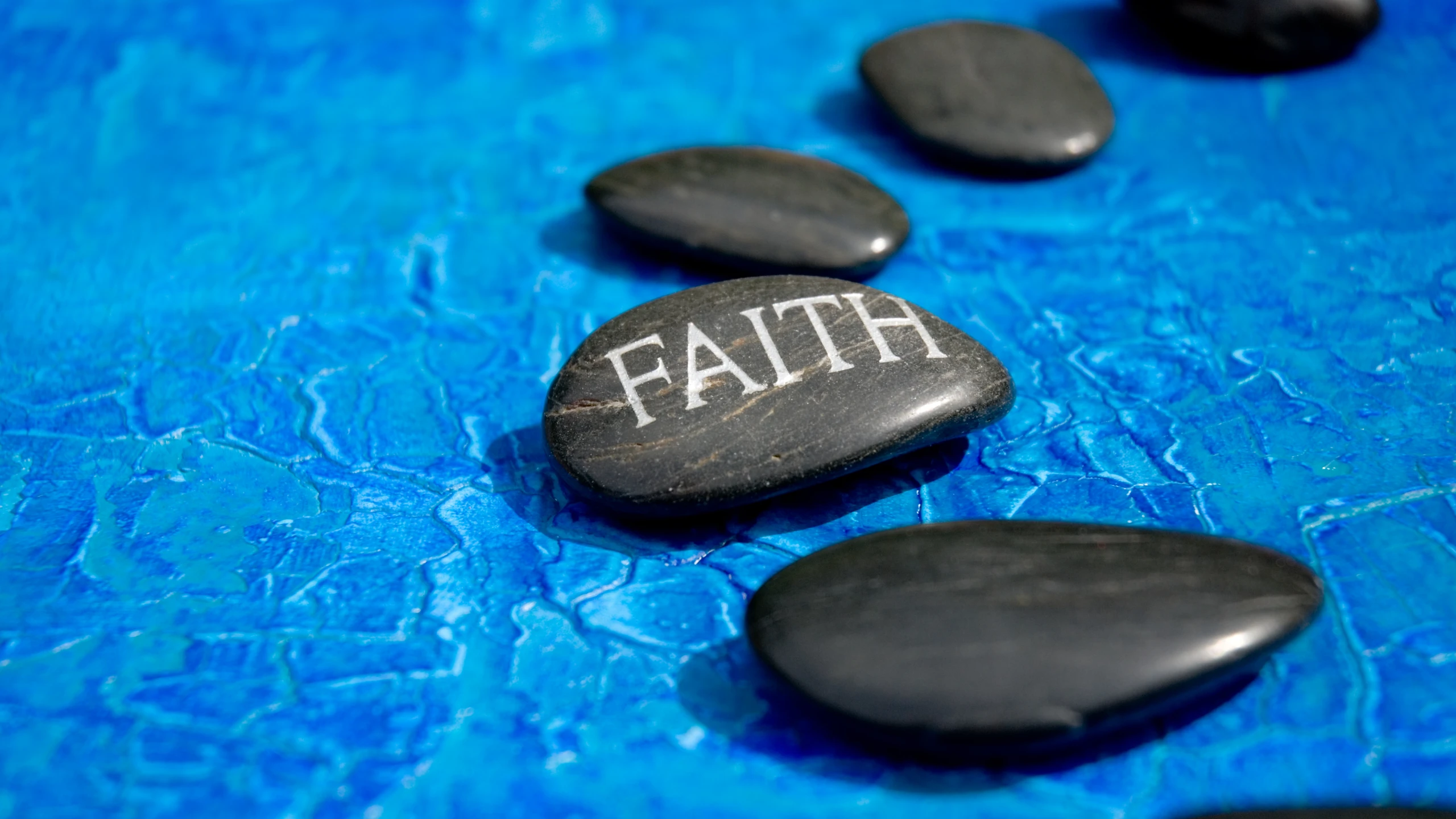
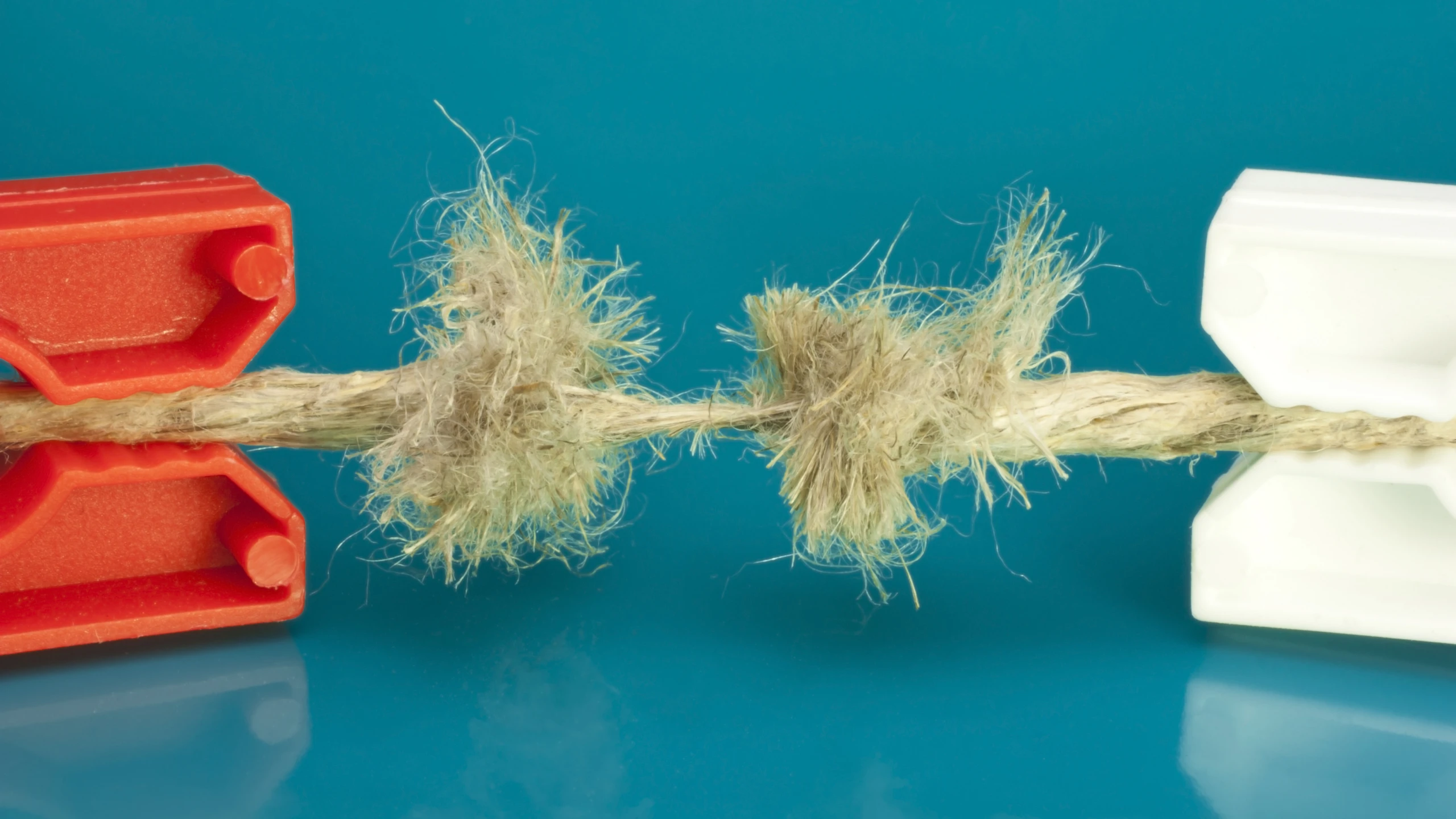




אנא השאירו את תגובתכם למטה!
David Kottler -6 שנים לִפנֵי
comments
great story....amazing insights for life and sound advice told throught the lens of Torah's infinite wisdom
השיבו לתגובה זו.סמן את התגובה הזו.
Anonymous -6 שנים לִפנֵי
The Challenge is in the Practical Application
Shkoyech, R' Jacobson, for this beautiful article. I was especially inspired by the story at the end. The key is in the way the woman looks at her pots. This was very moving! I will look at my wife and children with new eyes!
השיבו לתגובה זו.סמן את התגובה הזו.
Anonymous -6 שנים לִפנֵי
What a breathtking idea..
Thank you so much for all your classes, they're ....deeply perceptive and embarassingly relevant....
השיבו לתגובה זו.סמן את התגובה הזו.
Zalman Rudenco -8 שנים לִפנֵי
read today the story of two pots on why hoshen and eifod had to be togeter at all times , you describe that its 2 state in ones life
and we need to connect them , i guess it goes together (or farther?) with what you explained in miketz on how skiny cows and good cows were together and how yosef understood that that their being TOGETHER in the same dream is that u have to connect them and use good cows to sustain throug bad years
and i guess it goes together how Rashi got the image of eifod from a woman that rode on a horse , from darknes (here a woman - what we should not intend to gaze)was transformed , so rashi could understand how eifod looked like
השיבו לתגובה זו.סמן את התגובה הזו.